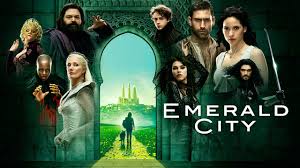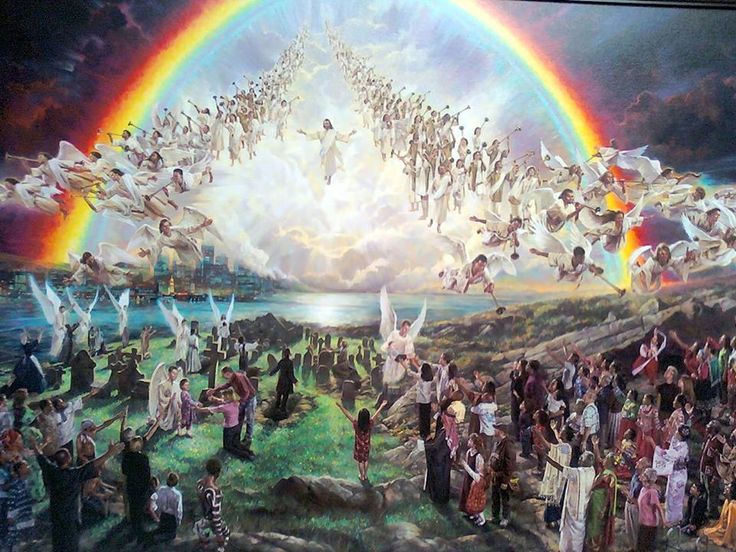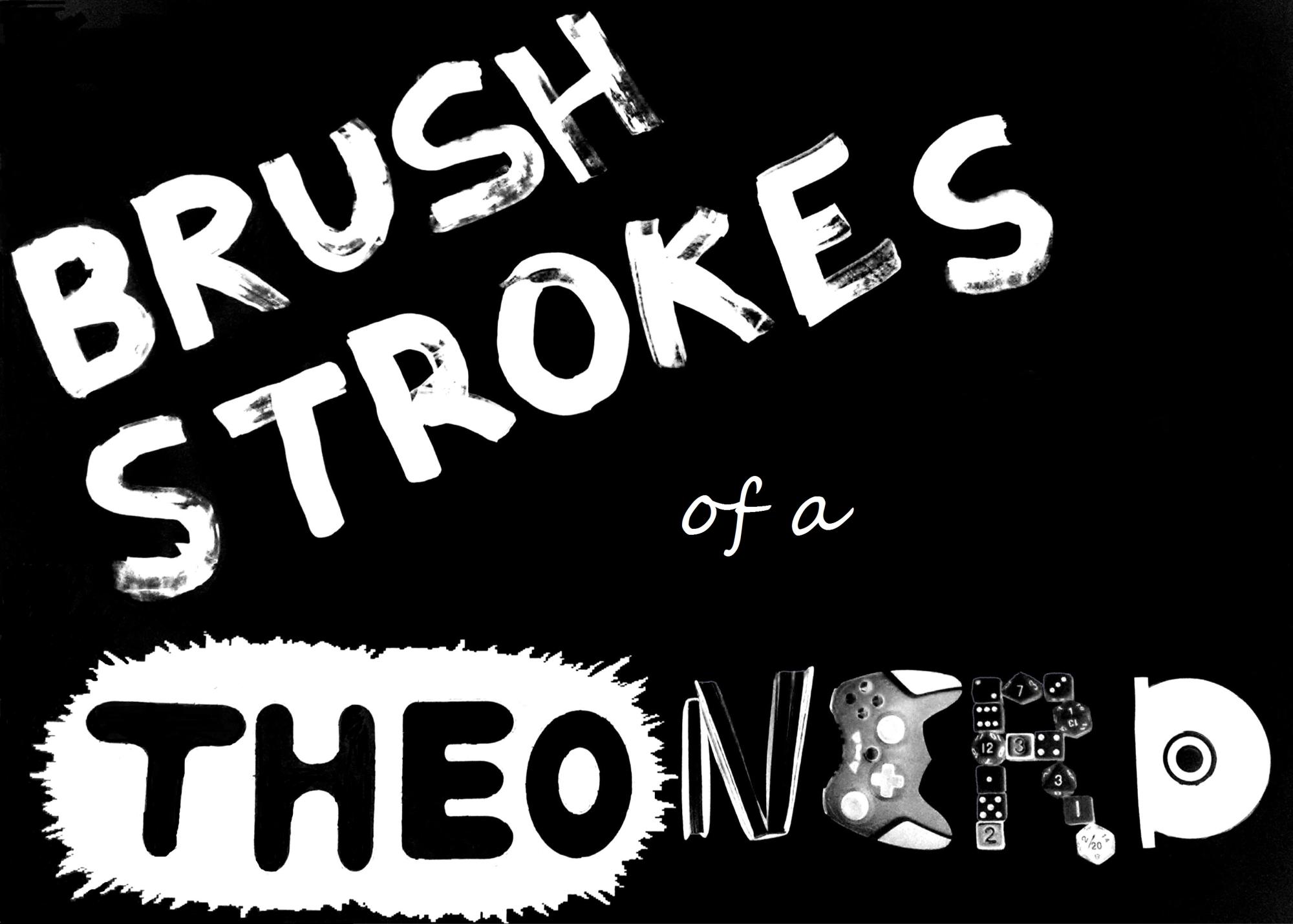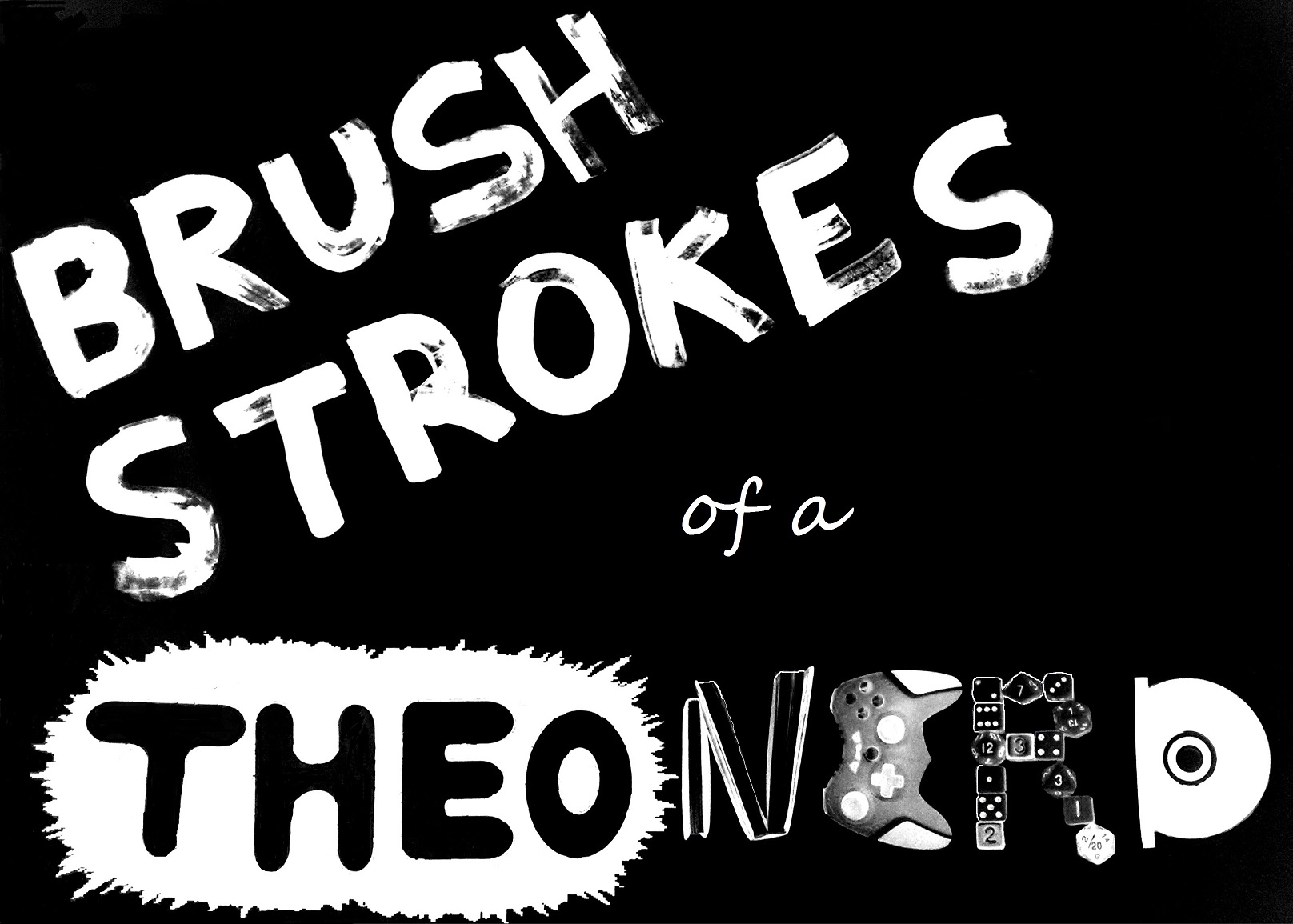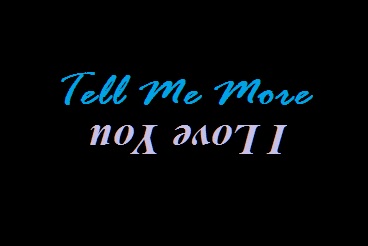Apopcalypse Redux
By Anthony Casperson
1-21-17
In a world where sequels, reboots, and modernizations abound, you can agree with King Solomon in Ecclesiastes. He says several times in the book that there is nothing new under the sun. Even the supposedly new ideas, thoughts, and stories are merely old ones placed in different fashion.
So, when I saw that NBC was coming out with a new version of The Wizard of Oz, called Emerald City, I was intrigued. I wanted to see how much of L. Frank Baum’s story (and the 1939 film) matched with this modernization. (The answer is: “Not much other than the names are the same, for some.” But that’s not my purpose for writing this.)
Knowing the tendency of today’s storytellers to want to tell darker stories, the direction of the series didn’t surprise me. Morally ambiguous witches, tribal munchkins in a frozen tundra, and an amnesiac who was “scarecrow-ed” onto a crucifix are all interesting, but didn’t require a double take. Even the inclusion of characters from the second book in the Oz series (Mombi, Tip, Jack, and Ozma) was intriguing, but not surprising.
The thing that left me wondering with raised eyebrow was the (post?)apocalyptic perspective that the series takes the story. A character/event/thing known only as The Beast Forever is prophesied to be coming soon. It’s something that’s has taken many forms and has been beaten before, but is coming again. And part of the series’ drama is the coming of The Beast Forever when the Wizard has very little ability to stop it.
This concept of an apocalyptic event having to be fought off once again reminded me of a paper I wrote while I was in bible college for a class called “Doctrine of the End Times.” The 20+ page paper that I wrote was entitled: “Apopcalypse: Pop Culture Eschatology.” (I was in bible college and had to use fancy scholar words like “eschatology” instead of just saying “pop culture’s view of the end times.”)
I watched apocalyptic and post-apocalyptic movies, looked into that type of literature, and just jumped into “world-ending” stories. And what I discovered is that there tends to be two different views for what happens after “the end of the world.”
The first view is a perspective of returning to the status quo. After the “world-ending” event (whatever it might be), everything eventually goes back to the way that it once was. Though there might be far less population and the quality of life is much harsher than it was previously, humanity continues to strive and thrive despite the hardships.
The second view is a perspective similar to the first, but adds the phrase “…for now.” The apocalypse came, we conquered, but it will return eventually. Sound familiar? I told you, “nothing new under the sun.” This view has a cyclical understanding of the end of the world. No matter how hard we fight off the apocalypse, it will come back again. And who knows if we’ll be able to stop it again.
But both of these views that pop culture has about the apocalypse share something. They both have a lack of hope. At best, these views say that life will be hard for a while, but might get back to what life was before the event. At worst, we might still end up completely destroyed the next time it comes around.
Neither of these really has hope. It’s not going to get better. “Nothing is better than the life we have right now” is the claim of pop culture’s view of the end of the world. But is that really true? Can we hope for nothing more than life as we know it?
The bible teaches that there is hope for more. Though there are many different interpretations of the bible’s teaching on the end of the world, there is one thing that they have in common. When Jesus returns and the fullness of the Kingdom of God arrives with him, there is hope.
For those who belong to Jesus, the end of the world as we know it isn’t something to be feared or fought. It’s the bringing of life that we could only ever hope for, not the end.
Sure, for those who haven’t come to accept the sacrifice of Jesus, the revelation (for that is the true meaning of the word “apocalypse”) of the Son of God in his glory is something to be feared. Judgement will come for them at that moment. But fighting it off will never be the solution, and status quo will never be achieved again.
The view of the pop culture apocalypse can never offer the hope that the bible’s portrayal of it gives. And that is only for those who have come to accept Jesus.
Reach for hope. Accept Jesus. And begin living life in the light of the apocalypse. The light of the sun in the darkness of today’s story.
By Anthony Casperson
1-21-17
In a world where sequels, reboots, and modernizations abound, you can agree with King Solomon in Ecclesiastes. He says several times in the book that there is nothing new under the sun. Even the supposedly new ideas, thoughts, and stories are merely old ones placed in different fashion.
So, when I saw that NBC was coming out with a new version of The Wizard of Oz, called Emerald City, I was intrigued. I wanted to see how much of L. Frank Baum’s story (and the 1939 film) matched with this modernization. (The answer is: “Not much other than the names are the same, for some.” But that’s not my purpose for writing this.)
Knowing the tendency of today’s storytellers to want to tell darker stories, the direction of the series didn’t surprise me. Morally ambiguous witches, tribal munchkins in a frozen tundra, and an amnesiac who was “scarecrow-ed” onto a crucifix are all interesting, but didn’t require a double take. Even the inclusion of characters from the second book in the Oz series (Mombi, Tip, Jack, and Ozma) was intriguing, but not surprising.
The thing that left me wondering with raised eyebrow was the (post?)apocalyptic perspective that the series takes the story. A character/event/thing known only as The Beast Forever is prophesied to be coming soon. It’s something that’s has taken many forms and has been beaten before, but is coming again. And part of the series’ drama is the coming of The Beast Forever when the Wizard has very little ability to stop it.
This concept of an apocalyptic event having to be fought off once again reminded me of a paper I wrote while I was in bible college for a class called “Doctrine of the End Times.” The 20+ page paper that I wrote was entitled: “Apopcalypse: Pop Culture Eschatology.” (I was in bible college and had to use fancy scholar words like “eschatology” instead of just saying “pop culture’s view of the end times.”)
I watched apocalyptic and post-apocalyptic movies, looked into that type of literature, and just jumped into “world-ending” stories. And what I discovered is that there tends to be two different views for what happens after “the end of the world.”
The first view is a perspective of returning to the status quo. After the “world-ending” event (whatever it might be), everything eventually goes back to the way that it once was. Though there might be far less population and the quality of life is much harsher than it was previously, humanity continues to strive and thrive despite the hardships.
The second view is a perspective similar to the first, but adds the phrase “…for now.” The apocalypse came, we conquered, but it will return eventually. Sound familiar? I told you, “nothing new under the sun.” This view has a cyclical understanding of the end of the world. No matter how hard we fight off the apocalypse, it will come back again. And who knows if we’ll be able to stop it again.
But both of these views that pop culture has about the apocalypse share something. They both have a lack of hope. At best, these views say that life will be hard for a while, but might get back to what life was before the event. At worst, we might still end up completely destroyed the next time it comes around.
Neither of these really has hope. It’s not going to get better. “Nothing is better than the life we have right now” is the claim of pop culture’s view of the end of the world. But is that really true? Can we hope for nothing more than life as we know it?
The bible teaches that there is hope for more. Though there are many different interpretations of the bible’s teaching on the end of the world, there is one thing that they have in common. When Jesus returns and the fullness of the Kingdom of God arrives with him, there is hope.
For those who belong to Jesus, the end of the world as we know it isn’t something to be feared or fought. It’s the bringing of life that we could only ever hope for, not the end.
Sure, for those who haven’t come to accept the sacrifice of Jesus, the revelation (for that is the true meaning of the word “apocalypse”) of the Son of God in his glory is something to be feared. Judgement will come for them at that moment. But fighting it off will never be the solution, and status quo will never be achieved again.
The view of the pop culture apocalypse can never offer the hope that the bible’s portrayal of it gives. And that is only for those who have come to accept Jesus.
Reach for hope. Accept Jesus. And begin living life in the light of the apocalypse. The light of the sun in the darkness of today’s story.

